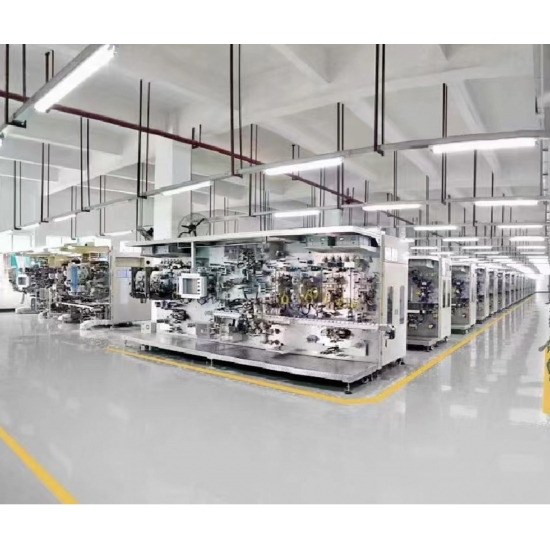Pouch Cell Making: A Comprehensive Guide
Pouch cells are a type of lithium-ion battery known for their lightweight and flexible design. They are widely used in various applications, including electric vehicles, consumer electronics, and renewable energy storage systems. The pouch cell manufacturing process involves several key steps to ensure high performance, safety, and efficiency.
● Key Steps in Pouch Cell Making Equipment
1. Material Preparation
- Active Materials: The anode (commonly graphite) and cathode (typically lithium metal oxides) materials are prepared, often mixed with binders and conductive additives.
- Separator Production: A separator, usually made from polyethylene or polypropylene, is produced to prevent short circuits between the anode and cathode.
2. Electrode Fabrication
- Coating: The electrode slurry is coated onto metal foils (aluminum for cathodes and copper for anodes) using precision coating machines. This step is crucial for achieving the desired thickness and uniformity.
- Drying: Coated electrodes are dried in ovens to remove solvents, ensuring optimal electrochemical performance.
- Calendering: The dried electrodes are compressed to improve density and enhance electrical conductivity.
3. Cutting and Shaping
- The dried and processed electrodes are cut into specific sizes to match the pouch cell design. This ensures precise layering during assembly.
4. Cell Assembly
- Layer Stacking: The anode, separator, and cathode are stacked together in the correct order. This can be done in a flat configuration or wound for certain designs.
- Electrolyte Filling: The electrolyte, a critical component for ion transport, is injected into the assembly, saturating the electrodes and separator.
- Pouch Sealing: The entire assembly is sealed in a flexible pouch using heat sealing or ultrasonic welding. This step is crucial for preventing leakage and contamination.
5. Formation and Aging
- Formation Cycling: The assembled pouch cells undergo initial charge and discharge cycles to activate the electrochemical materials and stabilize performance.
- Aging: Cells are aged in controlled environments to ensure consistent long-term performance and allow for any potential defects to manifest.
6. Testing and Quality Control
- Performance Testing: Each pouch cell is rigorously tested for capacity, internal resistance, voltage, and cycle life to ensure it meets specified standards.
- Safety Testing: Cells undergo safety tests for thermal stability, short-circuit resistance, and overcharging to ensure compliance with safety regulations.
7. Packaging and Shipping
- Approved pouch cells are packaged carefully for shipment to customers or for integration into larger battery packs.
● Advantages of Pouch Cells
1. Lightweight and Compact: Pouch cells are thinner and lighter than cylindrical or prismatic cells, making them ideal for space-constrained applications.
2. High Energy Density: The flexible design allows for more active material, enhancing the overall energy density of the battery.
3. Thermal Management: The flat design facilitates effective heat dissipation, improving safety and performance during operation.
4. Customization: Pouch cells can be produced in various shapes and sizes, allowing for tailored solutions for specific applications.
● Considerations for Pouch Cell Manufacturing
1. Environmental Control: The assembly area must maintain strict humidity and temperature controls to prevent contamination and ensure consistent quality.
2. Material Compatibility: It’s essential to ensure that active materials, separators, and electrolytes are compatible to optimize performance and safety.
3. Automation: High levels of automation in the manufacturing process can enhance efficiency and reduce labor costs but require skilled personnel for operation and maintenance.
● Conclusion
The process of Battery Making Machine is a complex and precise operation that plays a critical role in the production of high-performance lithium-ion batteries. As technology continues to advance, the demand for pouch cells is expected to grow, necessitating ongoing improvements in manufacturing processes and materials. With their unique advantages, pouch cells are set to remain a key component in the future of energy storage solutions.



 ONLINE
ONLINE Louis@lithmachine.com
Louis@lithmachine.com +0086 15959378975
+0086 15959378975